I have extremely conflicted opinions about museums in Belgrade, that much is for certain. Though some of them are superb in every way, some left me completely surprised, in a negative way. Some most certainly require more fitting names as many turned out to surprise me just because their contents did not match their names. I will clarify what I mean by all of this throughout this article, so if you are good to go, fasten your seatbelts and take this quick tour around Belgrade’s museums with me in a few short paragraphs.
Belgrade Fortress (Kalemegdan Park)
Kalamegdan Park is an excellent “Central Park-like” complex that sits atop a hill in the Old Belgrade. Not only is it free to roam around, but the park itself boosts a significant number of historical buildings and vehicles that one can enjoy peeking at free of charge. It is quite beautiful no matter whether it is daytime or at midnight. The park hosts a plethora of small and not so small museums dedicated to different aspects of Serbian history, often housed within the Belgrade Fortress itself. There is also a zoo and many different theme-park like attractions that mostly cater to a younger audience, such as kids. It is a must-see place when you visit Belgrade and let us now take a look at some of the museums that it holds within it.
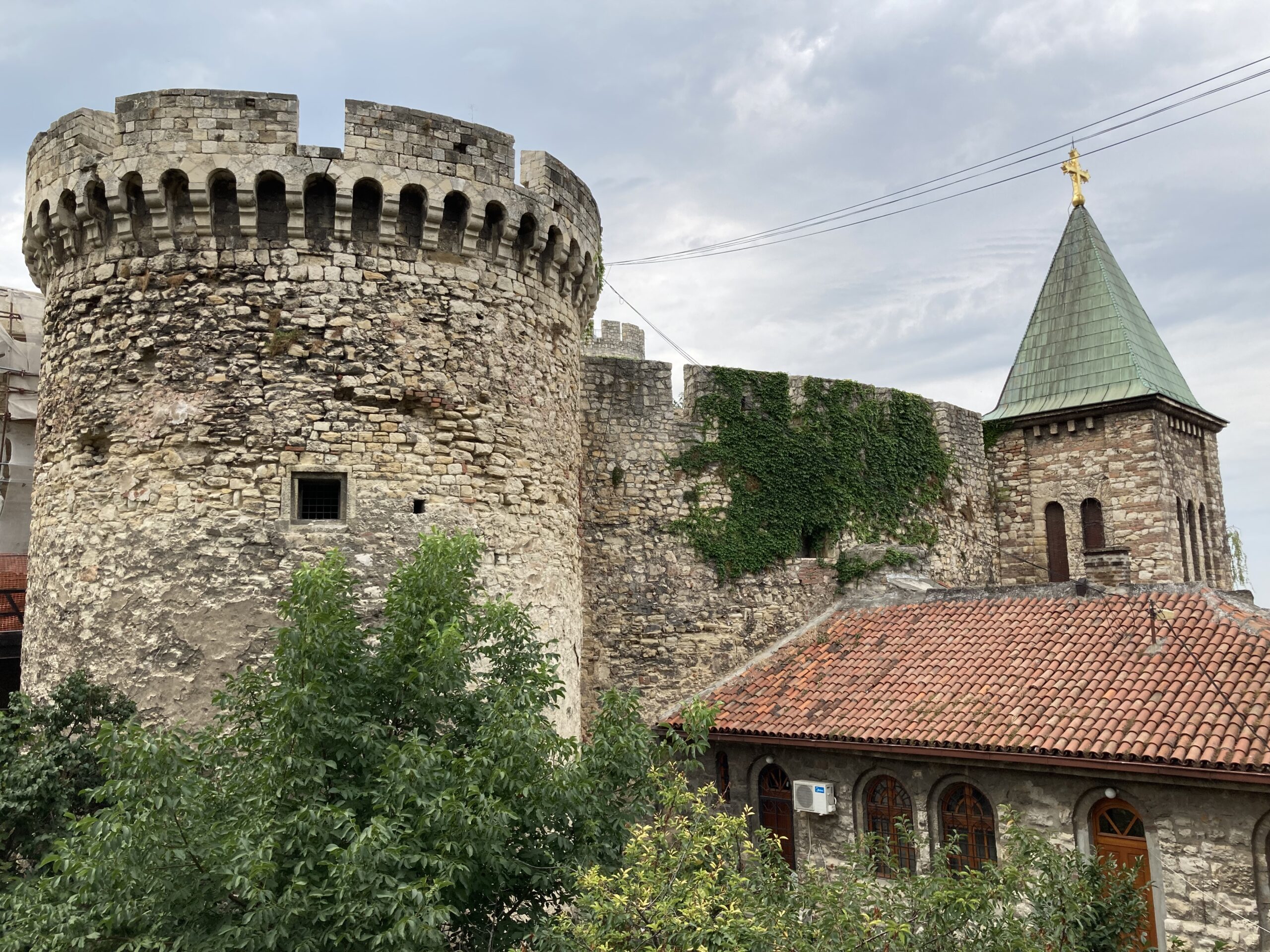
The fort is much bigger than this, as this is likely just a small bastion that I could get a clean photo of. Rest of the park was under severe renovations, hopefully to better portray its rich history.
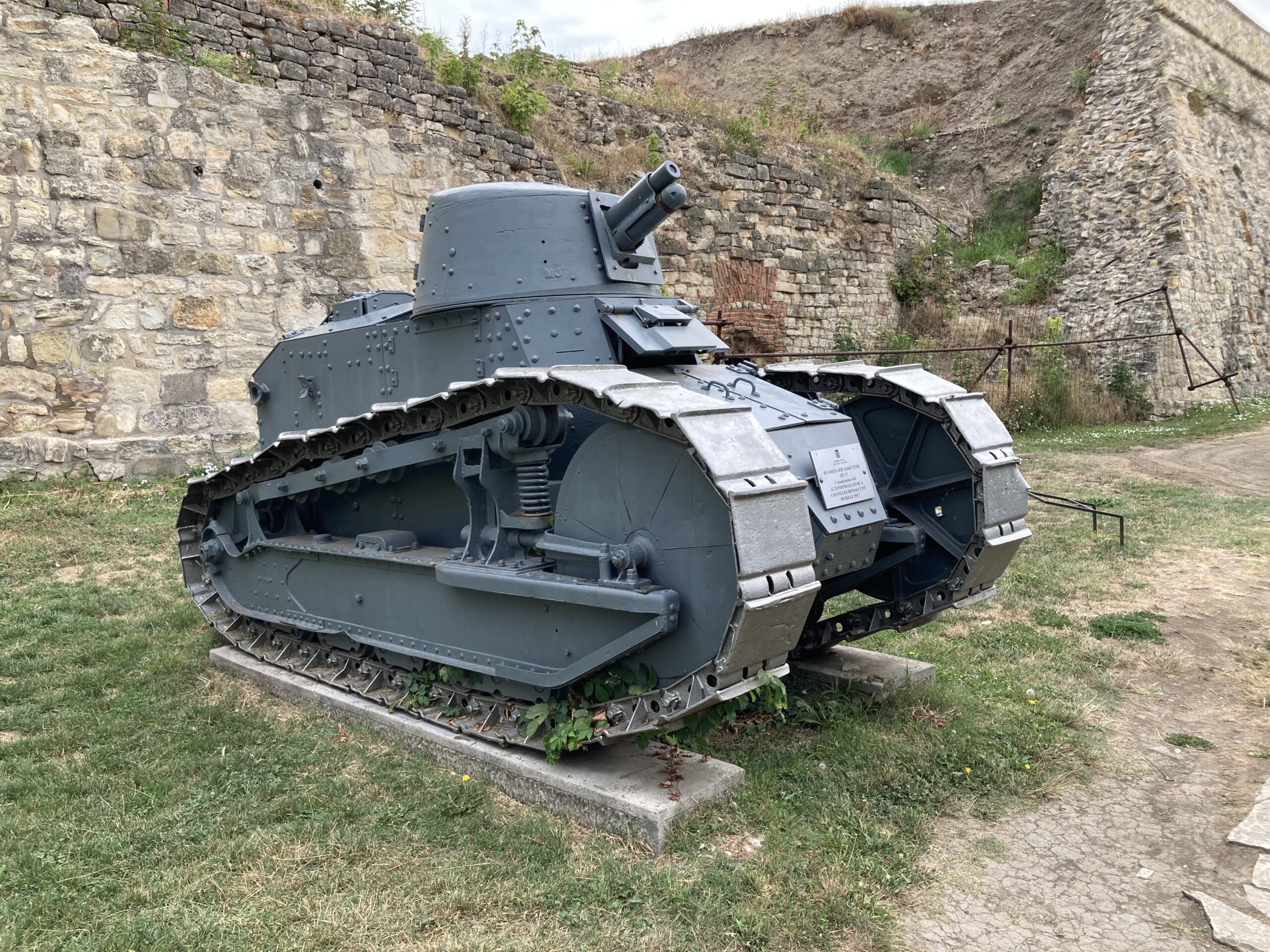
There were around thirty decently preserved WWI and WWII tanks and vehicles scattered around the park, and a plethora of cannons to accompany them. An excellent job to say the least, and a most welcome addition to a nice morning walk.
Medieval Torture Museum – 300 RSD
What is perhaps not that fitting for a walk in the morning, in a rather nice park no less, is a visit to a “Medieval Torture Museum.” One of the most grotesque yet interesting museums I have been to, this one is a hidden gem in plain sight. I was the only person there for around half an hour and that was very unfortunate to see. It also made the whole “journey” scarier. The exhibition is an audio-visual one for sure. You get to see and read about many contraptions that were used to torture people for many centuries, and as you try to figure out the extent of human cruelty, at the most unexpected times, an audio of people screaming in pain kicks in to shock the heck out of you. It is best experienced first-hand to really understand what I mean, but it most certainly is an innovative and most welcome change to how museums can and should work around the world as well. It is small, and relatively expensive when one considers its size. However, do realize that it is a rather niche topic, and to find out about it in a literal dungeon is hardly an offer one should deny.
Military Museum – 350 RSD
If you liked the tanks outside, you are going to love the weaponry of all sorts that are found inside the proper fortress itself, in the form of a military museum. Anything from ancient Illyrian swords to NATO bombs that were used to rain down hell on the citizens of Belgrade in 1999 can be found as part of this quite extensive and comprehensive museum on military history and technology. Not that many boards are translated to English though, which is an issue, but given how visual most of the exhibition is I think it can be somewhat tolerated.
National Museum – Free on Sundays
National Museum in Belgrade is what many would expect from a national museum, but in a good way. It has art, it has archaeology, it has history, it has wonderful staff members, everything in it has English translations. What else can one ask? Oh, did I mention that despite being likely the very best museum that I have been to in Belgrade, it is completely free on Sundays? Well, the permanent exhibition is, the temporary one still requires a ticket. Nevertheless, the permanent exhibition is big enough to last most people two hours of their time, and you can easily spend up to four hours if you wish to enjoy all the art pieces on display and actually read about them as well.
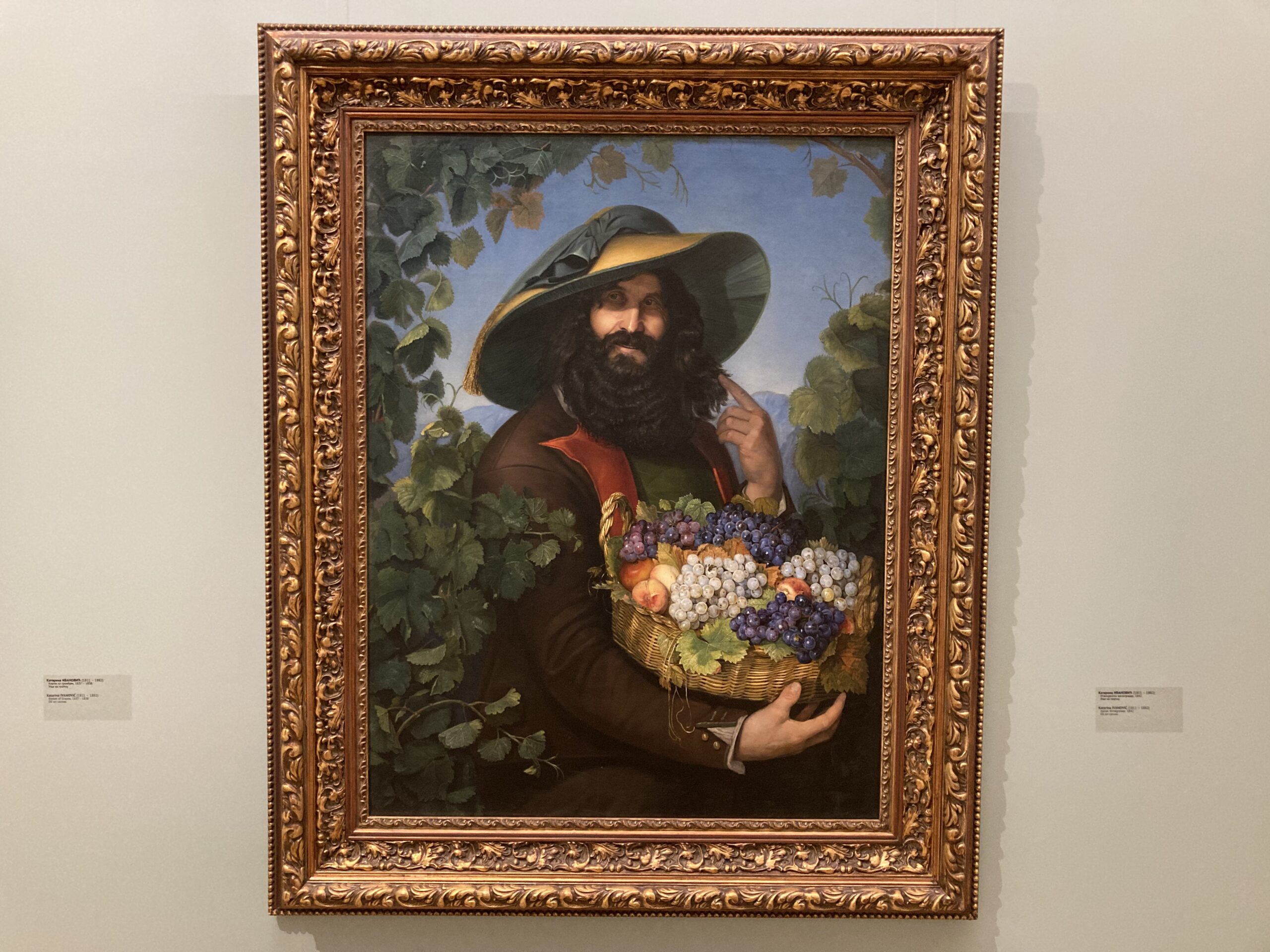
There are like hundreds and perhaps thousands more paintings like this in the three floors of the National Museum in Belgrade, and you just got to love them for it.
Ethnographic Museum – Free on Sundays
Though pales in comparison to its “National” counterpart in literally all regards, the Ethnographic Museum, being also free on Sundays, is but a stone’s throw away from the National Museum. You can simply visit them both on your day exploring that part of the city and you would not lose much time. The highlight of this museum turned out to be a plethora of different costumes from the villages of former Serbian polities in the region, and the miniatures of typical traditional villages that dotted around this part of the globe for many millennia. It was certainly an interesting and quite an informative museum, albeit a bit small.
Historical Museum of Serbia – 200 RSD
Well, after talking so highly of Serbian museums, you guessed that something “else” was coming up soon, right? Historical Museum of Serbia was the first let down that Belgrade had in its store for me, and sadly not the last. When you read the words “historical” together with “museum” and then there is “Serbia” in the title as well, you would be forgiven for thinking that it is a museum about history, likely Serbian history. Well, you would be forgiven, but you would still be wrong like I was. It is more of a small national gallery in which temporary art installations are found. I assumed the whole “contemporary art” twist at the beginning was something temporary, and that there was an actual museum waiting for me at the end of it, only to find out that I basically came back to the “entrance” after a short tour around the only floor that is dedicated to the museum in a rather spectacular building. Now, for just 200 RSD, if the museum would be renamed to Serbian Gallery or something like that, I would be more than okay with the experience. But expecting to enjoy some Serbian history only to see expressionist paintings of what appeared to be Tito was quite the let-down for sure.
Museum of Yugoslavia and the House of Flowers – 400 RSD
Oh boy… Perhaps it was my bad that I misunderstood the name of the “Historical Museum of Serbia,” but it most certainly was not my poor English skills that made me assume that the “Museum of Yugoslavia” would be about Yugoslavia. Unfortunately, this museum has very little to do with Yugoslavia. It is a memorial complex of sorts, one that is dedicated to Tito. The House of Flowers is where you can find his tomb alongside with very detailed and lovely narratives about his funeral and the significance of that procession. The so called “Old Museum” harbours a collection of gifts that Tito received in his lifetime, and some other Tito-related memorabilia. Is any of these “bad” per se? Heck no! This museum is wonderful, it is like a love letter to Tito. However, though I am not a historian of the Balkans, I know enough about personality cults and some people’s insistence on writing histories around a single figure that equating Tito with Yugoslavia is wrong. He may be the most important actor for that period in Yugoslavia, but he is not Yugoslavia. Museum of Yugoslavia should have sections about education in Yugoslavia, about its infrastructure, about the differences of its own understanding of socialism, about how it was not really a part of the presumed political duality in the time period, and so on. It cannot just be a museum about Tito… Again, it is a wonderful museum, and I would pay another 100 RSD gladly and make that fee a solid 500 RSD if only the site would be renamed to Tito Memorial or something along those lines. As it stands now, I am quite sad to inform my Serbian readers that even in the short one hour that I spent in the museum I heard many people asking for where the Yugoslav part of the exhibition was, only to be negatively surprised at the staff’s answers.
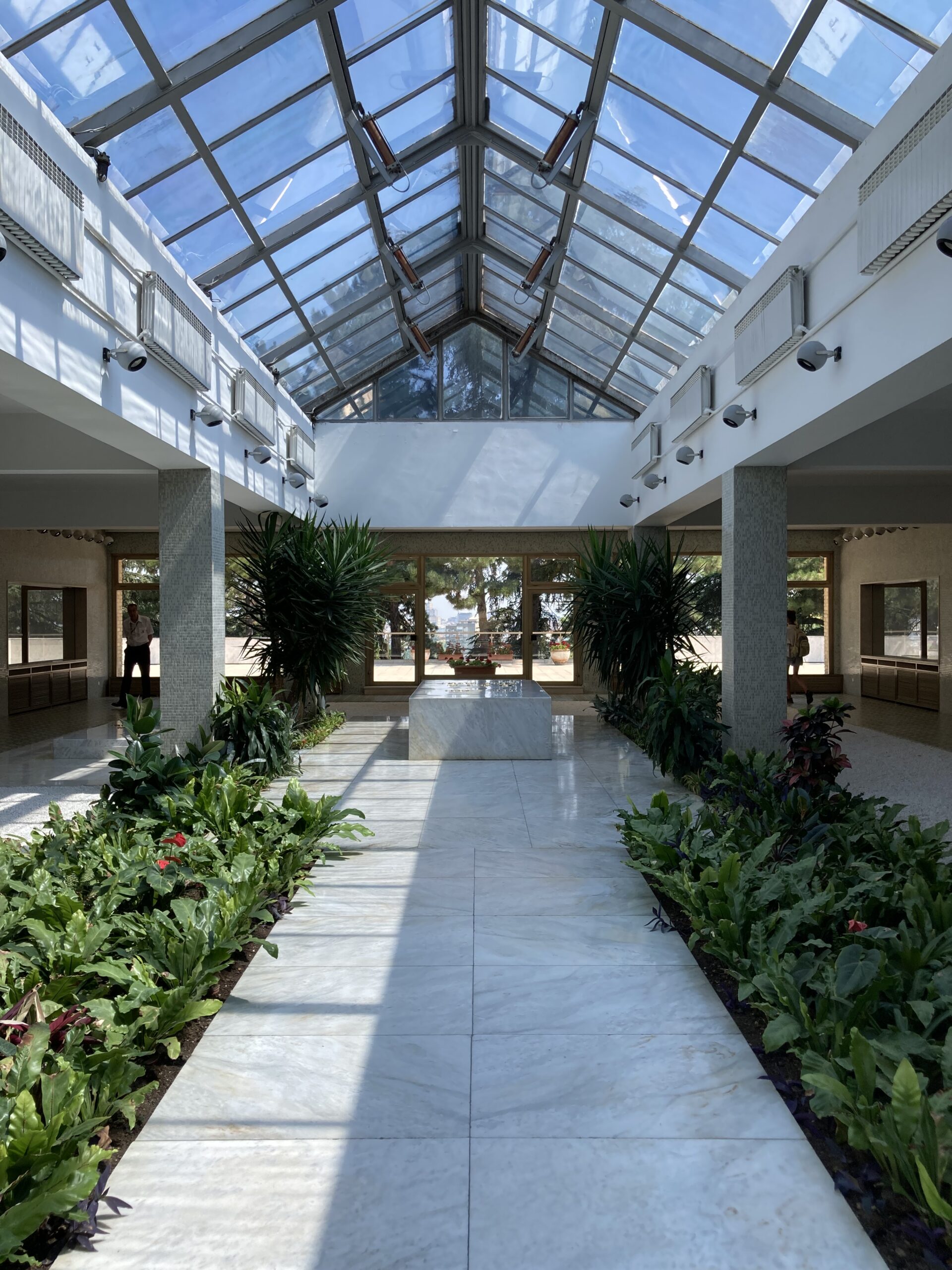
Car Museum – 200 RSD
If you are into old cars, there is a small museum on classic cars in Belgrade. It is tiny, there are maybe thirty cars in it, and that is a big “maybe.” However, some of those cars are over a hundred years old and are still in great condition, so do make sure to visit it if you like cars. I really do not care much about them, but even I had a fantastic twenty minutes just wondering about how fast the technology progressed in the last century alone.
African Art Museum – 200 RSD
Yugoslavia was quite active in anti-imperialist and anti-colonialist spheres during the Cold War, and that created a genuine as well as a political interest in the history and culture of Africa among some of its scholars. Throughout many decades, more and more African pieces of art, often as gifts, made their ways to Belgrade. These were then collected into a rather small but super cool museum on African art, mostly with a focus on West Africa. It is in a very upscale part of the town too so you should enjoy a walk around the area after visiting it, just do not be surprised when you walk on a street with an embassy of Egypt on one side, and that of Kazakhstan on the other.
Nikola Tesla Museum – 800 RSD
I have not visited this museum, due to their 800 RSD with or without a guide entrance fee and its corresponding attitude. Normally I would not write about places I have not been to, or food I did not personally taste, this will be an exception. There are many people out there that prefer to lurk around museums alone, unbothered by a group of others and even a guide for that matter. Why is there not an option to do so here? Pushing people to pay 800 RSD for a guided tour and then saying that the price does not change anyways is opportunistic and is only viable as a “selling strategy” due to Tesla’s fame, but even then, I have seen many others leaving the premises too after hearing their pricing policy. Locals seem to get in for 400 RSD so make up your own mind about that as well. I am not that much invested in the history of science so not visiting this place was not an issue for me, I just wanted to share this short little story with you fine folks as a fair warning of sorts.
Open Air “Museums” of Belgrade
The city of Belgrade itself is more or less an open-air museum, mostly due to the NATO bombing of the city in 1999. Serbian government, in an extremely interesting decision, decided to preserve some of the more important sites that were bombed during those times in an effort to turn them into free open air museums that keeps reminding the city’s denizens about what had happened merely 23 years ago. Writings about the horrors of those times, or dedicated tombstones to the people that were killed because of those bombs can be found near many such “bombed museums.” I do not remember seeing anything even remotely close to this during any of my travels though some likened this practice to the Japanese leaving certain parts of Hiroshima and Nagasaki intact, cities that I hope to see one day as well. My conversations with the Serbians make me realize that they have different opinions on this issue, some wish to bury the past, some want to see these “ugly buildings” turned into actual monuments to the bombing of the city instead, and some are okay with them as is. No matter what your own political opinions may be on all these affairs, one thing is clear: war is hell, and its hellish marks still haunt the people of Belgrade to this day.
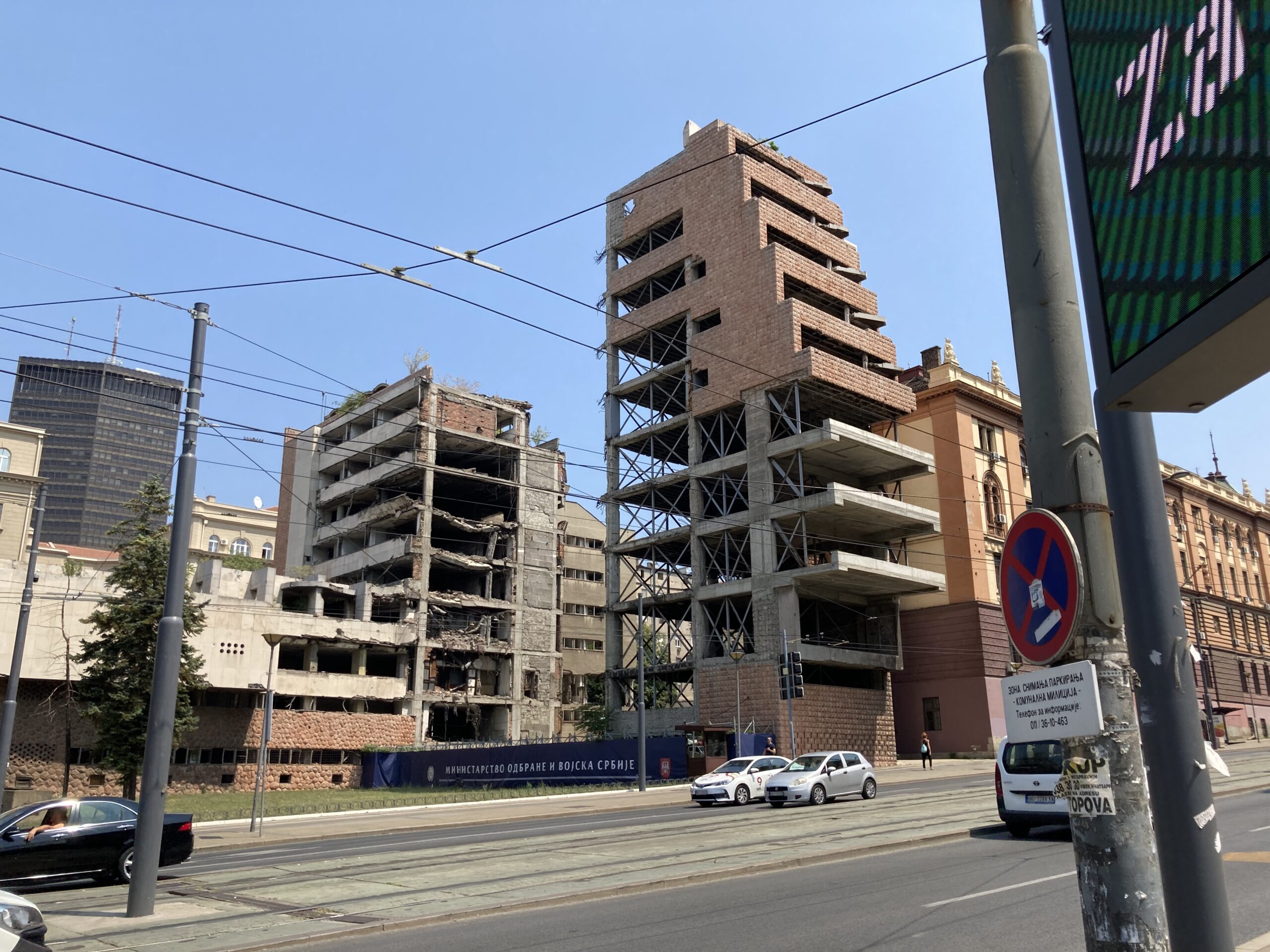
Though this may be one of the most notable examples of NATO bombardment and its damages to the city’s infrastructure, suffice to say that a trained eye can see way more than just “a few” bombed buildings all around the city.
Even if not all of them may deliver on their promises, Serbia has some fine museums, and even finer parks and “open air museums” that makes one wonder about the past more than any regular museum ever can. If you are not a stickler for naming like me, I am sure that you are going to have a fine time in all of them.
